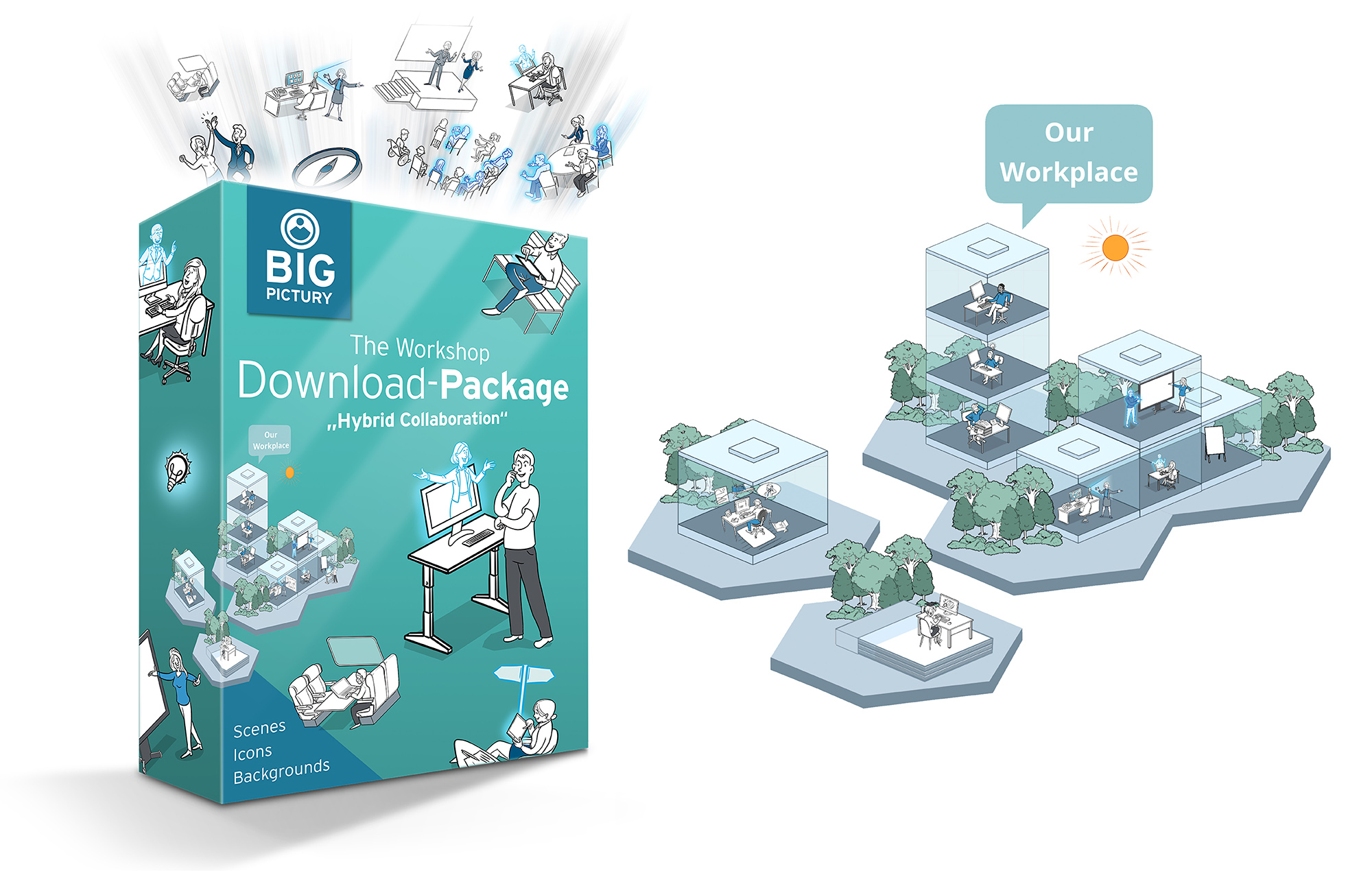Whether it’s the shortage of skilled workers, digital transformation or the general change in values within society: even before the pandemic, the world of work was in a state of radical upheaval. With the advent of Corona, these changes rapidly gained momentum. And at the very latest when politicians announced that it was compulsory to work from home, the basic conditions for the work of the future were unequivocally set. However, it is not always easy for staff to accept this change, or even actively shape it. This especially applies to hybrid working as a new, core element in the world of “new working”, which many people still associate with major challenges. This is where change communication can make a significant contribution to corporate success. Find out more about it in this article!
Communicating change processes in the right way
Numerous studies have proven that change projects mainly fail due to insufficient, inadequate or ineffective information, motivation, participation and integration of staff and managers. The reason for this is that changes in the company often trigger fears and resistance. In order to counter these fears and resistance at an early stage, change communication has established itself in recent years as an important sub-discipline of corporate communication. The aim of change communication is to communicate change to staff and other stakeholders in a comprehensible and, in the best case, motivating way.

Why we need to provide support along the path to hybrid team success
The COVID-19 pandemic has accelerated a development that had long been coming: namely that the choice of workplace and working hours is becoming increasingly flexible. But not all staff are equally happy with this new flexibility. All of a sudden, they find themselves having to leave the offices where they have spent a lot of time every day and feel settled, or they have to get to grips with new technologies such as cloud-based working. These changes disrupt familiar processes, which can lead to staff feeling insecure or even afraid of unfamiliar workflows. This explains why only very few develop into so-called “promoters”, who immediately recognise the necessity or advantages of change and adopt a positive approach to the new set of circumstances. On the other hand, you very often encounter the “sceptics” who do not see that the benefits of change can be guaranteed on a factual level. However, they can often be convinced by means of facts, figures and data. The ones who are really difficult to get through to and convince are the “doubters”: they subjectively see themselves as the losers of the change. They feel insecure and afraid of losing something. This is why some companies urgently need to communicate the change towards a new collaborative culture to the staff. Even though there aren’t any blueprints for how to do this, there are tools and methods.
Tools and methods in change communication
In principle, all the tools and methods available to a company in its internal and external communication can be used to accompany and support organisational development processes. Take OTTO, an international e-commerce company based in Hamburg, for example. They want to continue relying on the “hybrid working” model and have introduced so-called “collaboration sprints” to help colleagues get their bearings in the new working environment. Collaboration sprints are essentially about uniting the individual needs and capabilities of each team member with the interests of the team and mediating between them. In concrete terms, this means that each team member first needs to be clear about the nature and scope of their own work in future and which workplace is required to do this work. Then follows the sounding out of interfaces and rules regarding availability, while also taking higher-level, common interests with other team members into account. After these points have been clarified, the team gets together in a facilitated workshop to collect the different needs.
The aim of all this is to make the individual and common needs transparent and to mediate between the individual points of view, in order to achieve a joint commitment to future collaboration. This is followed by the actual sprint itself: a three-month trial phase of the commitment that has been made.

Hybrid working: Big Pictures as a tool for change communication on screen
In recent months, Big Pictures’ digital workshop package “Hybrid Collaboration” has also established itself as a practical and popular tool for change communication for all things related to the new working environment. Similar to OTTO’s “Collaboration Sprints”, the workshop package can be used to visualise the needs, concerns and visions of companies and staff alike. This is because the digital workshop package consists of various visual elements which companies can use to carry out a workshop on the topic of “hybrid working” on screen. These include background elements, objects and icons, as well as scenes in which people play the main role. These elements can be easily put together, edited, discussed and further developed as a team – similar to a jigsaw puzzle – on an online whiteboard programme such as Miro to create new work situations and working environments. This is the best way for staff to literally get a picture of what hybrid working could look like in their own company in the future!
Click here for the Workshop Package “Hybrid Collaboration”
